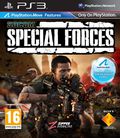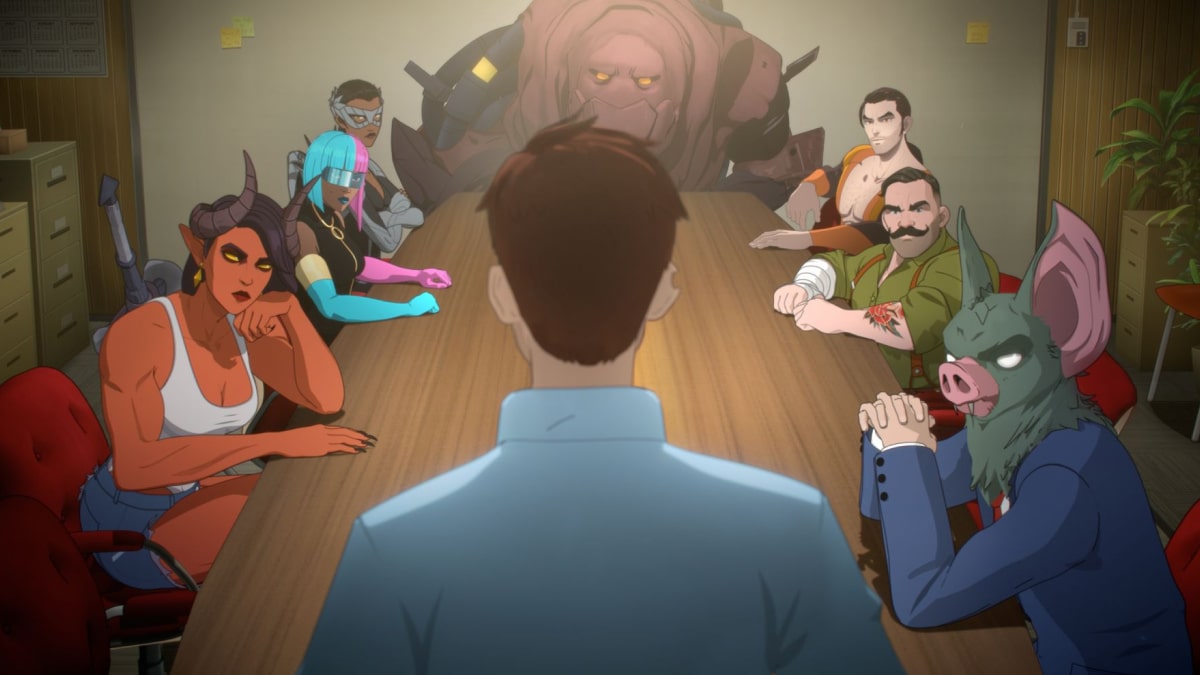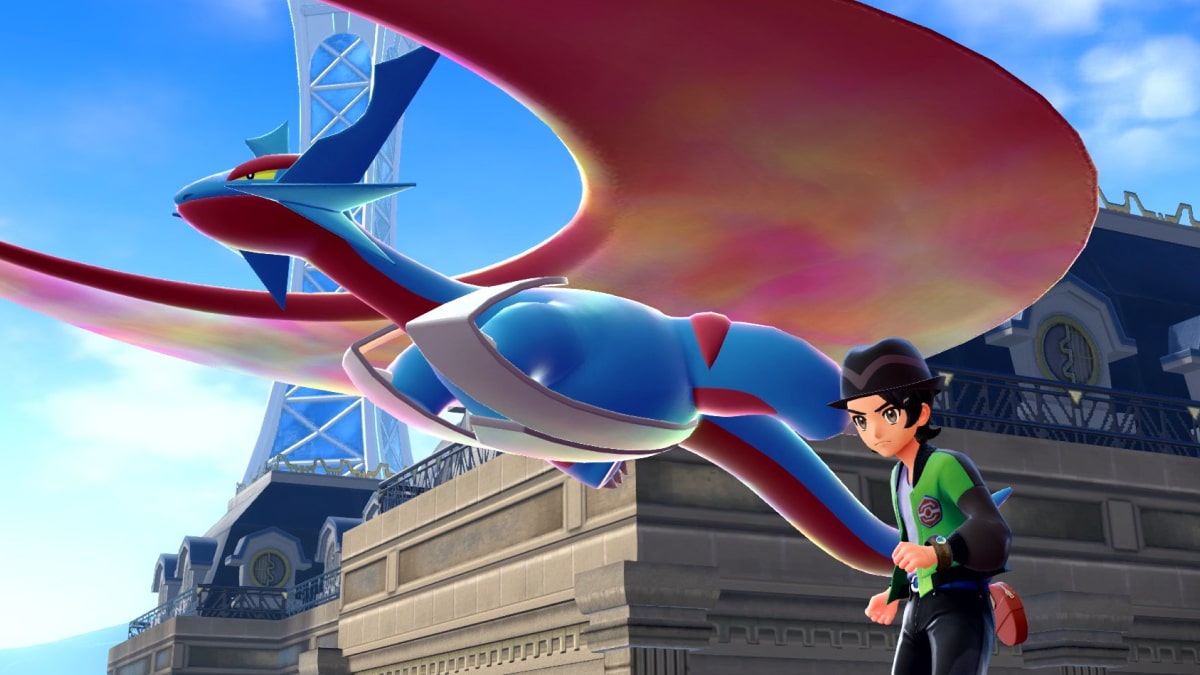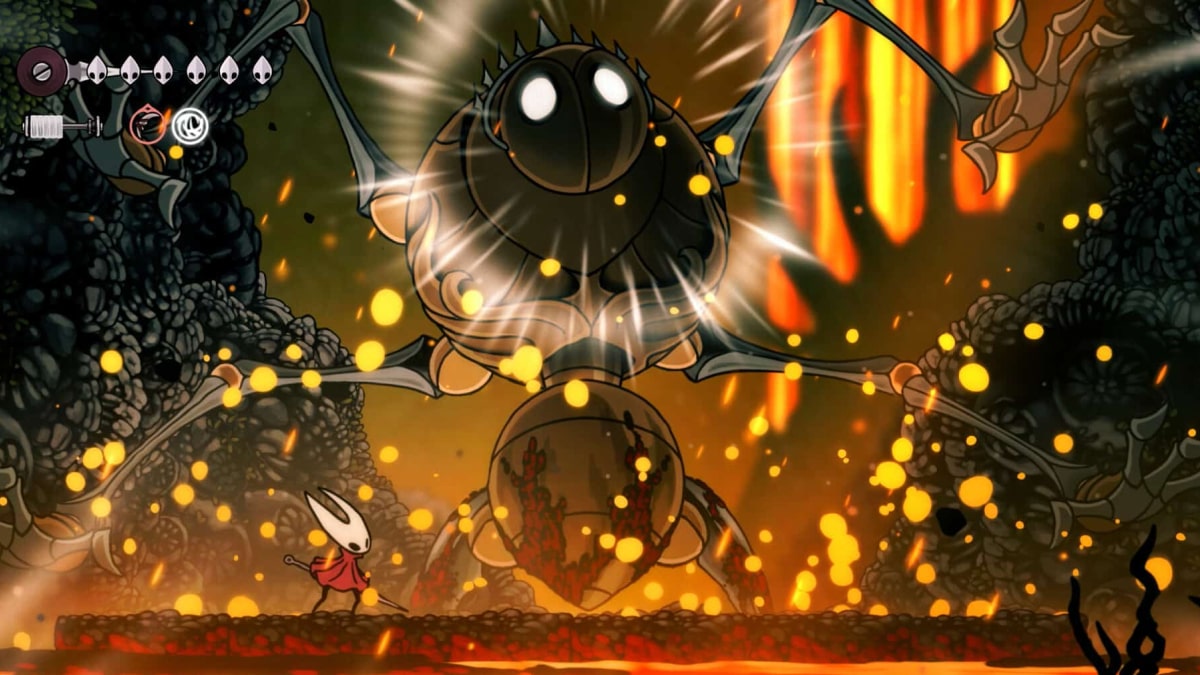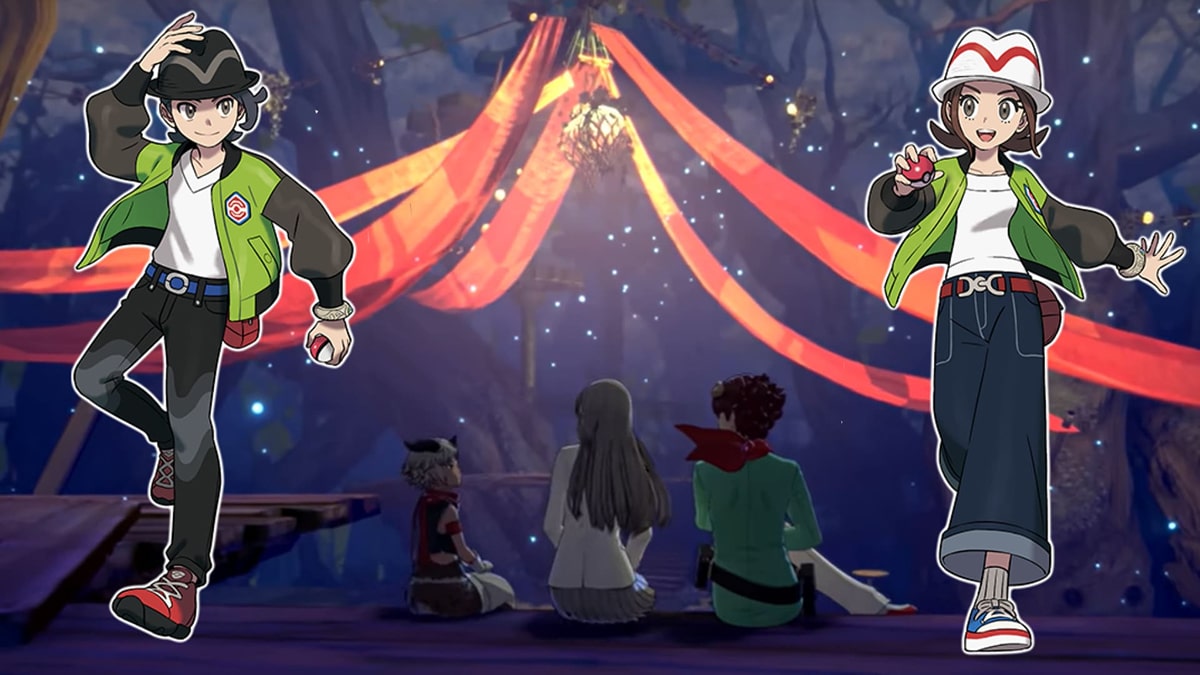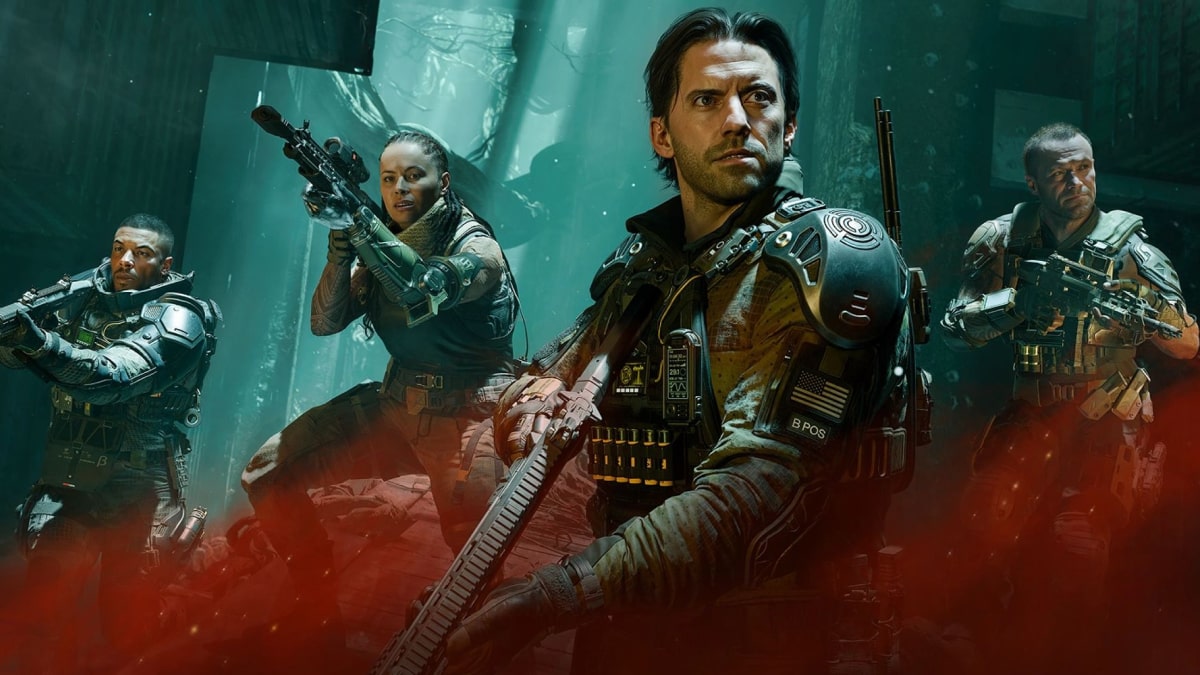You can trust VideoGamer. Our team of gaming experts spend hours testing and reviewing the latest games, to ensure you're reading the most comprehensive guide possible. Rest assured, all imagery and advice is unique and original. Check out how we test and review games here
The following article assesses the main campaign in SOCOM: Special Forces and the cooperative play. While we’ve spent time with the multiplayer beta, we’ve decided to hold back on giving the game an overall score until we’ve had a chance to check out the final code.
War games have undergone a metamorphosis since the turn of the Millennium, in that most of the hardcore franchises have shed their more realistic aspects. Rainbow Six went all trigger happy with Vegas 1 and 2, Ghost Recon is is slowly turning into a sci-fi series, and Operation Flashpoint now dashes into battle with a regenerating health system. And while SOCOM: Special Forces sets out to occupy the middleground between military sim and third-person cover shooter, it eventually squats at the far end of this spectrum.
This is SOCOM’s second assault on the PS3, and the first home console iteration since 2006’s Combined Assault to feature a story-driven campaign. The setting for the action is left unclear: we’re told that the Strait of Malacca is somewhere in the region, and the opposing force are speaking Malaysian, but the game refuses to specify an exact location beyond “South-East Asia”. This isn’t a massive problem, but the ambiguity contributes to the disjointed feeling in the campaign’s opening moments. The curiously low-key introduction consists of three people having a heated argument in a tent, referring to organisations we’ve not yet met, and then suddenly you find yourself plonked down in the centre of an exploding coastal city. Shoot first, ask questions later.
It’s a chaotic way to set the ball rolling, but then this is war: things aren’t exactly supposed to run on schedule. The lack of coherence is partly explained away by the fact that you’re playing the role of a NATO specialist, Cullen Gray, who gets caught up in the middle of an attempted coup d’état. The majority of NATO’s command gets wiped out within the first ten minutes, leaving Cullen and four chums to repel the uprising on their own. Corporal Credibility takes a bullet to the head in the first ten minutes, leaving a few-against-the-many setup that’s only a few rungs up the realism ladder from the lone starship in Space Invaders.
Thankfully, this doesn’t matter too much. While the plot can at best provide a vague context for your actions, the combat itself offers enough crunch to be engaging on its own terms. By the end of the second mission you’ll be commanding a pair of two-man squads, one focused on stealth, the other on raw firepower. Each duo is bossed about by tapping left or right on the D-Pad, with each press corresponding to a movement or kill order, depending on what you’re currently aiming at. You can queue up numbered waypoints to dictate a precise route for your guys to follow, and by holding the button down you force them to wait for your go signal. The opening assignments guide you through brief examples of how to best use these tools – using your squads to flank the enemy, or to co-ordinate takedowns – and it’s certainly rather satisfying when everything comes together.
Unfortunately, this doesn’t happen as often as it should. While movement never seems to be a problem, you AI subordinates are less reliable when it comes to making clean stealth kills. Gold Squad are equipped with suppressed weapons, but occasionally they display an apparent fondness for shooting enemies in strategically questionable parts of the anatomy. Rather than going for a squelchy headshot they’ll plug some poor guard in the arse, and his anguished yelps will result in his buddies dashing in from every corner of… well, wherever it is that we’re supposed to be.
It’s a shame, particularly when the opposing forces show signs of being smarter than the usual cannon fodder. Your foes do an impressive job of pinning you down, flushing you out with grenades and circling to negate your cover, and at times you’ll wish that you could respond with more than the limited tactics that the contextual commands allow. It would great if you could have your troops lay down suppressing fire, or perhaps throw out a few grenades, but sadly these options are nowhere to be found. At least Cullen proves himself to be a versatile hero in your hands, thanks to the fact that you can fully tweak his loadout prior to each mission. There’s a hefty array of assault rifles, sniper rifles and light machine guns to choose from, plus a decent selection of gear for your two grenade slots. You’re limited to carrying two firearms and two tactical items, and while it usually seems sensible to stick to assault ‘n sniper combo, toys like the smoke grenades and remote explosives do allow you to approach your objectives in a number of ways.
Despite the limited squad commands, Special Forces does manage quite a few memorable set-pieces throughout its 14-mission campaign. One standout moment finds you taking fire from all sides as you hold an office at the top of an immense dam, and there’s a desperate sprint for an evac chopper roughly halfway through the story. Your health regenerates swiftly, but it never takes more than a few bullets to end your life outright, and when Zipper cranks up the intensity you’ll temporarily forget the shortcomings found elsewhere. On the other hand, the four stealth levels are unwelcome returns to the design principles of the late ’90s, with snail-like progression and the threat of instant failure should you make a single mistake. The first couple aren’t too bad, but the last is a teeth-grinding exercise in trial and error.
Elsewhere the game is hampered by another relic from the recent past: mysteriously impassable barriers. While some of the game’s environments open up into miniature playgrounds of war, at other times you’ll find apparent routes blocked off by small lines of wrecked cars, or by wooden barriers that appear to be about four foot high. Obstacles like these could be easily scaled by even the flabbiest kid at your school Sports Day, so it’s somewhat jarring when they halt the progress of a NATO Operations Commander. I can picture the aftermath now: “I’m sorry, General, but we simply weren’t prepared for what we came up against. The target escaped behind a small fence.”
It’s annoying that these fumbles let the side down, because in general it’s clear that people have worked hard on the game’s presentation. The internal environments can be a bit bland, but more common outdoor settings are bright and well-drawn. There’s a slight inconsistency with regard to how destructible your surroundings are, but the pyrotechnics themselves are suitably punchy. If anything the game acquits itself even better on the audio front, with solid voice acting, authentic-sounding effects, and no shortage of detail on the ambient soundtrack.
It’s also worth adding that SOCOM: Special Forces works particularly well as a co-op outing. While you can’t play through the entire story, it’s possible to create your own custom campaign by chaining together the available scenarios, which use the same environments as the single-player game. You can tinker with the difficulty level and the volume of opponents you face, and thanks to the fact that you’re working with real people, it’s possible to implement genuine tactical play.
There’s a definite sense that Special Forces’ campaign doesn’t quite live up to the game’s billing as a top-of-the-range PS3 exclusive. However, there’s still the prospect of competitive multiplayer to consider – and given SOCOM’s heritage, you could argue that this will be the more important half of the game. While we’ve spent a fair bit of time with the beta, we’ve not yet had a chance to assess how the final code fares. Under the circumstances it would be unfair to score the game as whole, so I’ll be updating these impressions shortly after April 21.
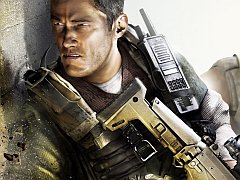
/https://oimg.videogamer.com/images/e595/socom_4_24.jpg)
/https://oimg.videogamer.com/images/9f55/socom_4_18.jpg)
